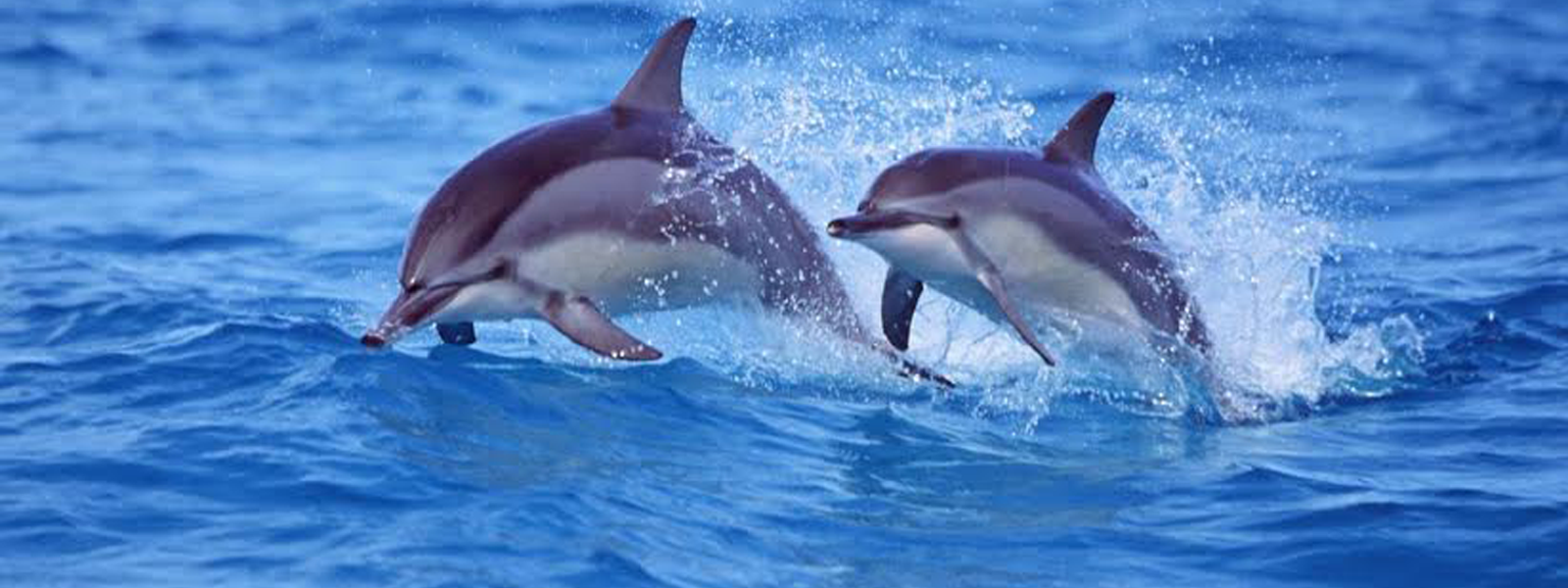

The Scientific Committee of the International Whaling Commission (IWC) recently met in Slovenia, in preparation for the next meeting of the IWC in October.
Among many other issues, the Committee reviewed several whale sanctuaries established by the IWC, especially a proposal for a new sanctuary in the South Atlantic Ocean and the existing Southern Ocean Sanctuary.
One of the considerations of the Committee was threats to whales in the area, which provides a good summary of threats to whales worldwide. The Committee did not include commercial whaling, as such whaling is outlawed now by the IWC and would in any event be outlawed in a whale sanctuary.
However, the government of Japan, for one, continues to kill whales in the Southern Ocean Sanctuary, which takes up the Antarctic Ocean. Japan’s Fisheries Agency claims to be killing whales for scientific study, but that excuse has been a very transparent way to get around the moratorium on commercial whaling and continue killing whales – the meat and other products are still used in Japan.
With regard to the whale sanctuaries, the Scientific Committee listed the threats as:
climate change
fishery interactions
shipping,
oil gas and mining exploration and exploitation, and
pollution
For the Antarctic whales, the Committee notes the main threats as harvest of krill for human and animal consumption and climate change (including ocean acidification), induced by the build up of “greenhouse” gases in the atmosphere such as carbon dioxide and ozone. Earth’s two poles are heating up faster than any other portion of the globe.
Whale sanctuaries designated by the IWC can only protect whales from exploitation by humans (and, in the case of the rapacious Japan government, even that protection is inadequate!). But the IWC and the Scientific Committee, being the world’s go-to experts on whales, can broadcast their concerns and improve the prospects for whales with other governments and other international treaties.
The IWC can also conduct and/or support research on whales (the kind of research that does no harm to whales, e.g. non-lethal research), providing information for action by other governments and treaties.
Of course, whale sanctuaries are just one way to protect whales and their ocean habitat. Much more work needs to be done to avoid whale entanglements in fishing nets, for example, and to avoid loud undersea noises that can kill whales, such as from intense military sonars and oil exploration airguns. Pollution continues to plague many cetaceans, as the ocean builds up toxic chemicals that enter the food chain.
The IWC meeting is coming soon, and IMMP plans to attend and produce and distribute the daily newsletter ECO, giving a voice for whales at the IWC.
Photo by Christopher Michael.